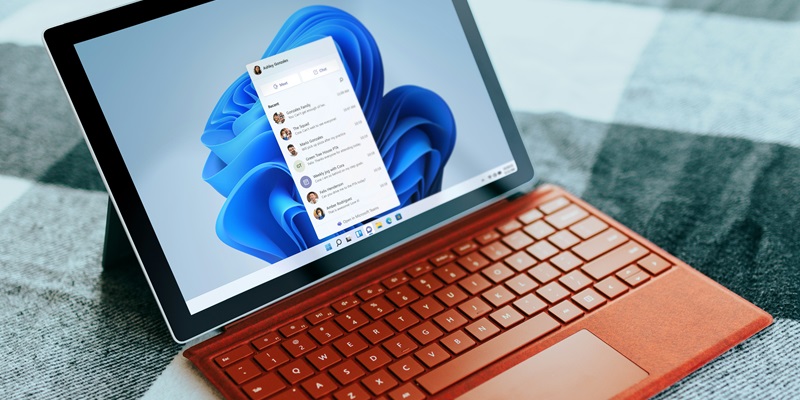As the internet evolves, the shift from the prevalent IPv4 to the more expansive IPv6 protocol is becoming increasingly necessary. Microsoft has acknowledged this progression by committing to improve support for IPv6 in their Windows 11 operating system. Part of this commitment involves enhancing the existing Compatibility Layer for Address Translation (CLAT), which has previously focused on translating addresses for cellular networks. The initiative will expand the layer’s functionality to also support non-cellular interfaces. This move by Microsoft reflects an understanding of the growing need for a robust IPv6 infrastructure that can handle a larger number of devices and the resulting internet traffic with better efficiency and security. It’s an acknowledgment that the future of connectivity relies on embracing IPv6 and the improved, more seamless experiences it promises users as the number of internet-connected devices continues to skyrocket.
Introduction to CLAT on Windows 11
The fundamental role of CLAT is to facilitate communication with IPv4-only networks via IPv6 addresses. In essence, it serves as a translation agent between the two internet protocols, an increasingly critical function given the gradual depletion of IPv4 resources. Previously, Microsoft had focused CLAT support primarily on cellular connections, where IPv4-only networks are more prevalent, and integration was seamless.
Configuring CLAT Manually for Non-Cellular Connections
To get CLAT running on non-cellular networks for Windows 11, users will need to go through a configuration process that requires using the Command Prompt as an admin. To start, open the Command Prompt with admin rights. Next, type the command “netsh interface ipv6 show prefixpolicies” (omit the quotation marks) and press Enter. This command will display a list of prefix policies. Look for the entry starting with “464XLAT” to verify if CLAT is active. This entry confirms CLAT’s current state on your system.
Activating CLAT is necessary as it converts an IPv6 address into an IPv4 address, allowing devices on an IPv6-exclusive network to access IPv4 content. This translation is especially useful for networks where IPv6 is predominant but access to IPv4 resources is still needed.
To ensure the configuration is successful, pay attention to the output from the initial command. If the “464XLAT” entry isn’t apparent, CLAT might not be enabled, which requires further steps to activate. Remember, missteps in these stages could interrupt network communication, hence careful attention to detail during setup is crucial.
With the rising need for compatibility between IPv4 and IPv6 networks, understanding and setting up CLAT can be essential for uninterrupted internet connectivity on modern systems that are transitioning to an IPv6 infrastructure.

